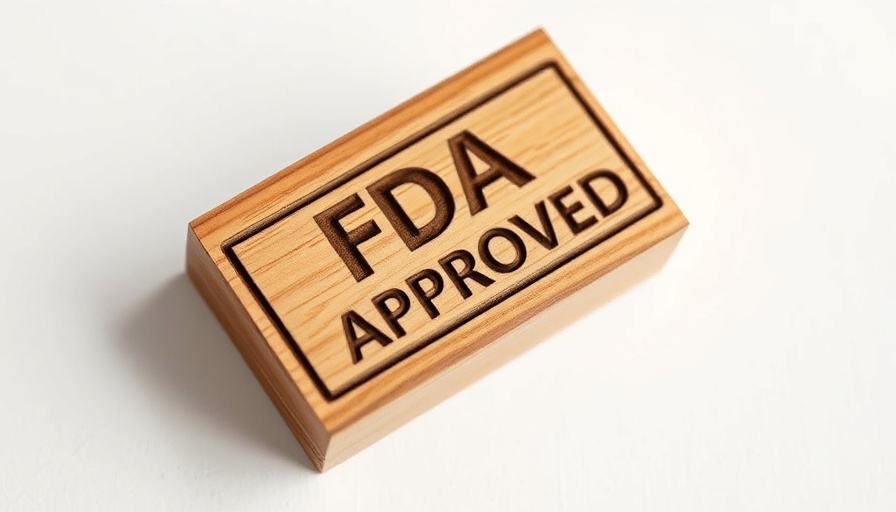
Revolutionizing Wet AMD Treatment: The New Wave of Anti-VEGF Agents
The landscape of treatment for wet age-related macular degeneration (AMD) is changing dramatically with the introduction of second-generation anti-VEGF agents. These innovative therapies—specifically brolucizumab, faricimab, and aflibercept 8 mg—are altering the way clinicians manage this debilitating condition. With the ability to extend dosing intervals up to five months, patients can expect fewer injections while still receiving effective treatment. However, this progress is accompanied by new complications, particularly concerning tolerance and inflammation risks.
Understanding AMD and Its Implications
AMD leads to the gradual deterioration of the macula, the part of the retina responsible for central vision. It stands as the foremost cause of vision loss among older adults, with the exudative form resulting in rapid visual decline due to the formation of abnormal blood vessels. Traditional treatments involved frequent intravitreal injections, which often resulted in patient noncompliance due to the burden of treatment. The arrival of new anti-VEGF agents not only promises extended intervals between treatments but also aims to enhance patient adherence by reducing the frequency of administration.
Analyzing the Advantages of Second-Generation Anti-VEGF Drugs
Brolucizumab, the first of the second-generation anti-VEGF treatments approved for AMD in 2020, offers novel potential due to its unique formulation as an antibody fragment targeting all isoforms of VEGF-A. Studies such as the HAWK and HARRIER phase 3 trials have demonstrated that brolucizumab maintains visual acuity comparable to aflibercept while showcasing superior anatomical outcomes, including significantly enhanced retinal drying.
This development is not just a matter of convenience; it can dramatically impact the long-term management of AMD. The prospect of spacing injections to every three months, or even less frequently, is beneficial for patients who struggle with the repetitive nature of previous treatment regimens. This extended dosing aligns with a growing trend to simplify and enhance patient experiences in managing chronic conditions.
Risks and Concerns: The Other Side of Progress
Despite these advancements, the introduction of second-generation anti-VEGF agents does not come without challenges. Reports of intraocular inflammation with brolucizumab usage raise critical questions about its long-term safety profile. Experts like Dr. Sarah Mrejen emphasize the need for clinicians to navigate these new complexities carefully. While an algorithmic approach to treatment is on the horizon, the real-world implications of these therapies necessitate ongoing vigilance and adaptability in clinical practice.
Future Predictions and Trends in AMD Treatment
The future of AMD treatment is bright, with potential for continued innovation in pharmacotherapy aimed at extending therapeutic benefits while minimizing risks. As more data becomes available, strategies will evolve, enabling healthcare professionals to personalize treatment plans based on patient needs and responses. This reflects a broader movement in healthcare towards precision medicine, where tailored approaches become the standard.
In conclusion, as we extend dosing intervals through the use of groundbreaking anti-VEGF agents, it's crucial to remain aware of the potential for adverse effects. Balancing the benefits of fewer injections with the need for safety and effectiveness will ultimately define the success of these new therapies in improving the quality of life for patients suffering from wet AMD.
 Add Row
Add Row  Add
Add 




Write A Comment